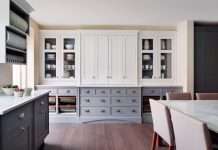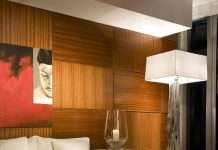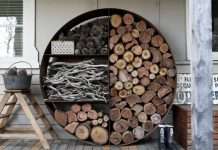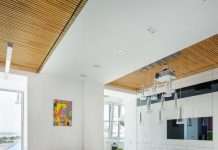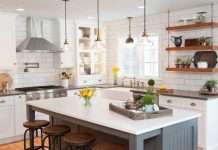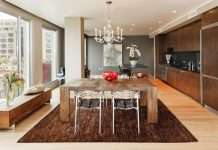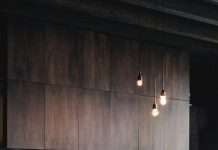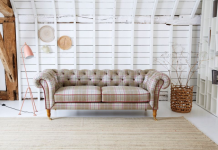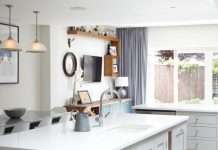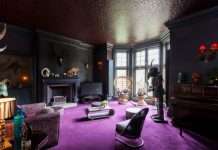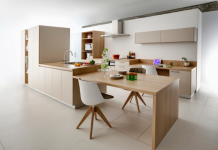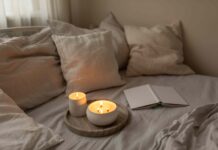Interior design is deeply personal, but some choices consistently strike professional designers as… off. From awkward layouts to questionable materials, certain trends immediately signal low effort or poor planning. Here’s what top designers quietly cringe at, and how to avoid these common mistakes in your own home.
Wallpapered Accent Walls: A Half-Measure
The accent wall—a single wall with a different color or pattern—is popular, but designer Benji Lewis finds wallpapered accents particularly irritating. Too often, it feels like a budget compromise rather than a deliberate design choice.
“It suggests you couldn’t afford to wallpaper the whole room, not that it looks cool,” Lewis says.
A single wallpapered wall can leave the rest of the room feeling bare. However, if the wallpaper tells a story or creates a strong focal point, it can work. The key is a deliberate, high-impact pattern.
Generic Wall Art: The “Live, Laugh, Love” Effect
Sarah Brady, another designer, shudders at mass-produced wall art with cliché phrases like “live, laugh, love” or “in this kitchen we dance.” This type of decoration feels forced and lacks personality. Equally annoying are oversized clocks hung purely as space-fillers.
“It’s just too forced,” Brady says. “And those clocks typically don’t even work!”
Corner-Squeezed Beds: A Claustrophobic Mistake
Interior designer Lauren Farrell warns against shoving your bed into a corner. While sometimes necessary in small bedrooms, this layout creates a cramped, awkward feeling.
“It feels claustrophobic,” Farrell explains.
Even if space is tight, leave room for movement. A nightstand on both sides is ideal, but even a floor lamp can balance the room’s flow.
Poorly Scaled Furniture: The Wobble Effect
Scale matters. Badly sized furniture ruins a room’s composition. Lewis emphasizes the importance of precise measurements—skirting board to skirting board, not wall to wall. A common offender is the ill-fitting rug.
“Think about the wobble if one foot of a side table is on the rug and three aren’t,” Lewis says.
Curtain poles and lengths are also crucial. Incorrect proportions disrupt the overall look.
L-Shaped Sofas: Anti-Social Space Guzzlers
Lewis finds L-shaped sofas baffling, especially in entertaining spaces. They create awkward seating arrangements where people get cornered and conversation becomes difficult.
“Who gets squashed into the corner, and how do they talk to the people hemming them in?” Lewis asks.
Corner sofas work for family TV nights, but don’t choose them for space-saving—they take up more room than they seem.
Shag & Faux-Fur Rugs: Dust Traps in Disguise
Farrell considers shag and faux-fur area rugs pure dust traps. They’re impossible to keep clean, and that alone is a major drawback.
“They look impossible to keep clean!” Farrell says.
Instead, opt for blankets or throw pillows for cozy textures. These are easier to wash and don’t sit on the floor collecting debris.
The takeaway? Good design isn’t about following trends blindly. It’s about thoughtful planning, proper scale, and avoiding shortcuts that scream low effort. A clean, well-proportioned space always trumps forced coziness or lazy fixes.














